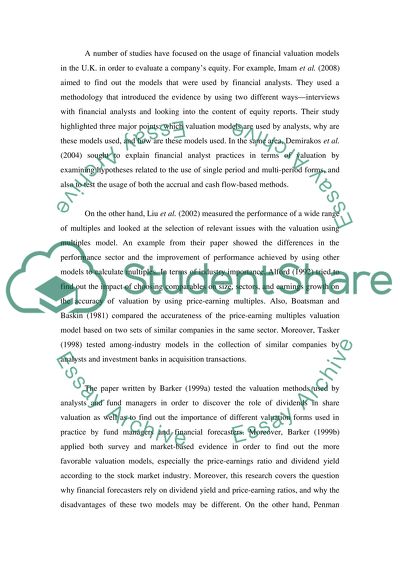Cite this document
(“Valuation models literature review Essay Example | Topics and Well Written Essays - 2750 words”, n.d.)
Retrieved de https://studentshare.org/finance-accounting/1390596-literature-review-on-valuation-models
Retrieved de https://studentshare.org/finance-accounting/1390596-literature-review-on-valuation-models
(Valuation Models Literature Review Essay Example | Topics and Well Written Essays - 2750 Words)
https://studentshare.org/finance-accounting/1390596-literature-review-on-valuation-models.
https://studentshare.org/finance-accounting/1390596-literature-review-on-valuation-models.
“Valuation Models Literature Review Essay Example | Topics and Well Written Essays - 2750 Words”, n.d. https://studentshare.org/finance-accounting/1390596-literature-review-on-valuation-models.


